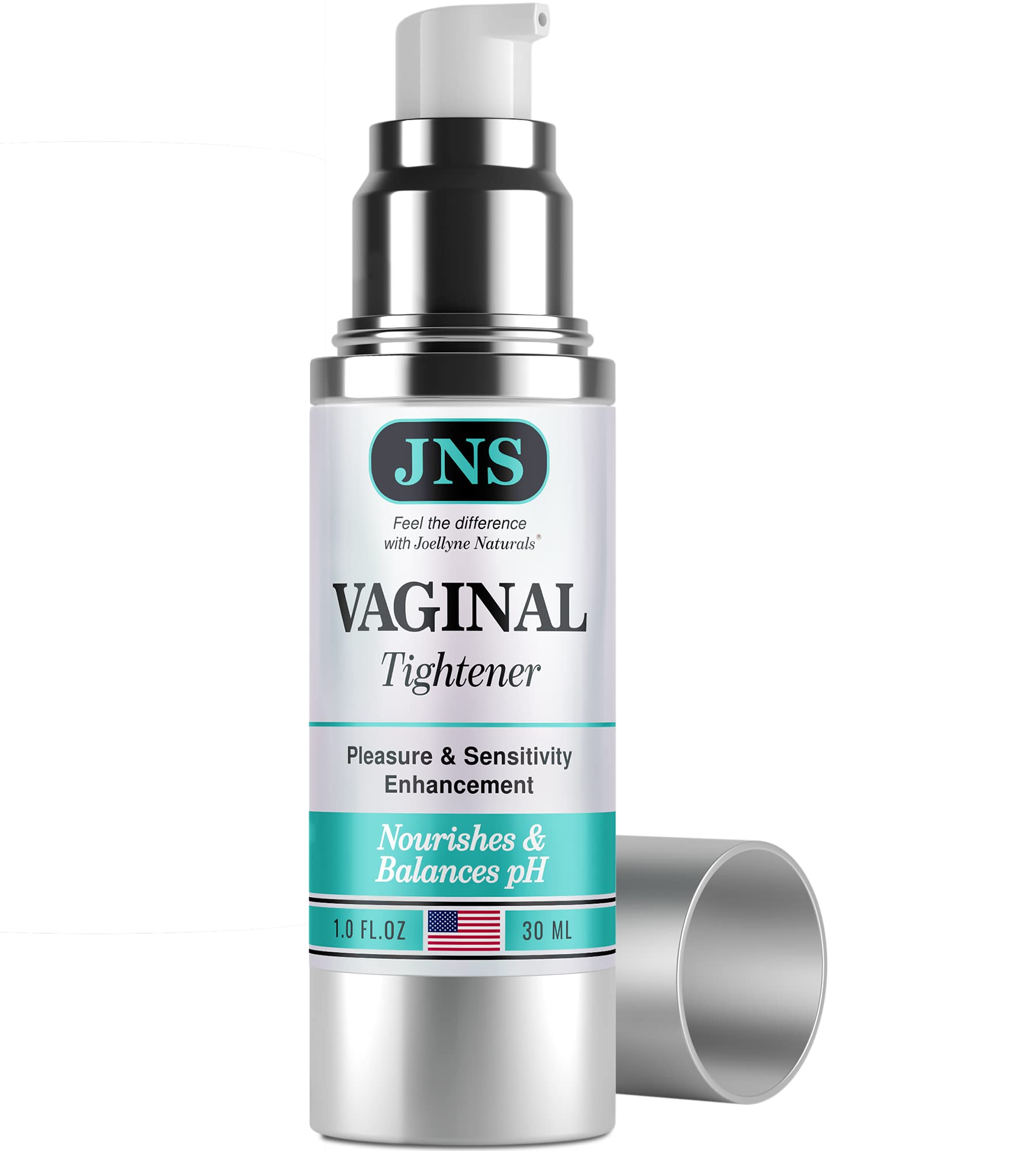9 Best Vaginal Tightening Methods for Improved Health and Satisfaction
Feeling confident and comfortable in your own skin is essential, and for many women, that includes vaginal health. Whether it’s due to aging, childbirth, or other factors, vaginal laxity can impact your quality of life. Fortunately, there are effective solutions available to help you regain that youthful tightness.
In this article, you’ll discover the 9 best vaginal tightening methods that can make a real difference. From natural remedies to advanced medical treatments, we’ve got you covered with options that suit different needs and preferences. Let’s dive into the best ways to reclaim your confidence and well-being.
1. Kegel Exercises
What Are Kegel Exercises?
Kegel exercises are a natural and effective way to strengthen your pelvic floor muscles. These muscles support your bladder, uterus, and rectum. By performing Kegels regularly, you can improve muscle tone, which can help with issues like urinary incontinence and vaginal laxity.
How to Perform Kegel Exercises
Identify your pelvic floor muscles by stopping your urine midstream. Once identified, contract these muscles for 5 seconds, then relax for 5 seconds. Repeat this 10 times to complete one set. Aim to do three sets a day for the best results. Remember to breathe normally and avoid tightening your abdomen, thighs, or buttocks during the exercise.
2. Vaginal Tightening Creams
If you’re seeking a non-invasive method to enhance vaginal tightness, vaginal tightening creams might be an option worth exploring. These products claim to offer easy solutions through regular application.
How Do These Creams Work?
Vaginal tightening creams work by using active ingredients that promote elasticity and firmness in the vaginal tissues. Common ingredients include natural astringents like Manjakani extract, which has tightening properties, and soothing agents like aloe vera. These ingredients help improve blood circulation and collagen production, which can lead to a tighter feel.
Pros and Cons of Using Tightening Creams
Using tightening creams can provide various benefits and some drawbacks:
- Non-Invasive Solution: These creams offer a simple, pain-free option compared to surgical procedures.
- Ease of Use: You can apply them yourself at home without the need for medical supervision.
- Immediate Results: Some users report feeling tighter almost immediately after application.
- Temporary Effect: The tightness effect usually lasts only a few hours, requiring frequent reapplication.
- Potential Allergies: Ingredients in these creams might cause allergic reactions or irritations.
- Varied Effectiveness: Results can differ based on individual skin types and the specific product used.
3. Vaginal Tightening Gels
Using vaginal tightening gels can be an effective method for enhancing vaginal firmness and elasticity.
Benefits of Using Vaginal Gels
Enhances Tightness: Vaginal gels can promote a tighter feel almost immediately. They work by tightening the vaginal tissues and improving elasticity.
Improves Hydration: Many gels contain hydrating ingredients like aloe vera, which maintain vaginal moisture and health.
Non-Invasive: Unlike surgical options, gels provide a non-invasive alternative for vaginal tightening.
Boosts Confidence: Using these gels can significantly enhance your confidence in intimate settings.
Natural Ingredients: Gels often contain natural extracts like Manjakani or witch hazel, known for their skin-tightening properties.
Application Tips for Effective Results
Clean the Area: Always clean the vaginal area before applying the gel to ensure effectiveness.
Follow Instructions: Adhere to the product’s specific instructions, such as the amount to apply and frequency.
Limit Use: Avoid overuse to prevent irritation or adverse reactions. Typically, once daily is sufficient.
Patch Test: Do a patch test on a small area of skin to check for any allergic reactions before full application.
Consistency Matters: Use the gel consistently over recommended periods, often a few weeks, to achieve the best results.
4. Vaginal Cones
Vaginal cones are weighted devices designed to strengthen your pelvic floor muscles. They’re widely used for vaginal tightening and improving overall pelvic health.
How to Use Vaginal Cones for Tightening
Start by selecting a cone with a comfortable weight. Insert the cone into your vagina, positioning it similarly to how you’d place a tampon. Contract your pelvic floor muscles to hold it in place. Try to hold the cone for about 15 minutes, gradually increasing the weight as your strength improves. Consistent use, about once or twice daily, provides the best results.
Safety Tips When Using Vaginal Cones
Ensure the cones are clean before and after each use. Use a mild soap to wash them, and always dry them thoroughly. Don’t overstrain your muscles; if you experience pain, stop immediately and consult a healthcare professional. Avoid using cones after childbirth or surgery until fully healed. Use the cones as per the manufacturer’s guidelines for optimal safety and effectiveness.
5. Hormonal Treatments
Hormonal treatments can play a significant role in addressing vaginal laxity. These treatments often focus on balancing hormones to improve vaginal health and tightness.
The Role of Estrogen in Vaginal Health
Estrogen is essential for maintaining vaginal elasticity and moisture. It helps to keep the vaginal walls thick and healthy, which is crucial for tightness. Lower estrogen levels, especially during menopause, can lead to thinning and dryness, contributing to a feeling of looseness. Using estrogen therapies can help restore vaginal health by thickening the vaginal lining and improving lubrication.
Hormonal Treatment Options for Tightening
Estrogen creams are applied directly to the vaginal area, offering localized treatment. These creams increase vaginal elasticity and moisture over time. Vaginal estrogen rings, which are inserted into the vagina, release a steady dose of estrogen. This long-term solution can be more convenient for some users. Estrogen tablets, also inserted vaginally, can provide a more discreet option. Physicians might prescribe these treatments based on individual needs and hormonal levels. Always consult your healthcare provider to determine the most suitable option for you.
6. Natural Remedies
Natural remedies can offer a gentle and effective solution for tightening the vaginal area. Here are some popular options you might consider:
Aloe Vera and Its Benefits
Aloe Vera is known for its soothing and healing properties. Applying Aloe Vera gel can enhance vaginal tightness by improving skin elasticity and hydration. Simply extract fresh gel from the Aloe Vera leaf and apply it to the vaginal area. Use this remedy regularly for optimal results.
- Witch Hazel: Known for its astringent properties, Witch Hazel can tighten vaginal muscles. Make a Witch Hazel solution by steeping the bark in water and use it as a wash.
- Fenugreek Supplements: Fenugreek seeds can be consumed or used as a soak to help improve estrogen levels, which can enhance vaginal tightness.
- Gooseberries (Amla): Rich in vitamin C and antioxidants, gooseberries can boost collagen production, helping maintain the elasticity of the vaginal walls when consumed or used in herbal forms.
Use these natural remedies consistently, and they might provide a safe and effective way to maintain vaginal health and tightness.
7. Surgical Options
Surgical methods offer a more permanent solution for vaginal tightening. They are often considered when other approaches aren’t effective.
Types of Vaginal Tightening Surgeries
Vaginoplasty: This procedure tightens vaginal muscles, providing increased strength and control. Vaginoplasty can be excellent for women experiencing significant laxity.
Perineoplasty: This surgery focuses on repairing and tightening the perineum area between the vagina and anus. Often combined with vaginoplasty, perineoplasty improves overall pelvic floor function.
Laser Vaginal Rejuvenation: Utilizing laser technology, this method stimulates collagen production and tightens vaginal tissues. It’s less invasive than traditional surgery and often has a quicker recovery time.
Risks and Rewards of Surgical Tightening
Risks: Surgical options come with risks like infection, scarring, and potential complications from anesthesia. Pain and discomfort during recovery are also common concerns, and there’s a potential for unsatisfactory results.
Rewards: The benefits include substantial and long-lasting tightening effects. Surgery can enhance sexual satisfaction, improve self-confidence, and address any related pelvic floor issues. For many women, the payoff outweighs the risks.
Considering surgical options for vaginal tightening involves weighing risks and rewards. Consulting with a qualified healthcare professional ensures you’re making an informed decision suitable for your unique needs.
8. Laser Treatments
Laser treatments offer a non-surgical approach to vaginal tightening. These procedures are becoming increasingly popular for their effectiveness and minimal downtime.
How Laser Vaginal Tightening Works
Laser vaginal tightening utilizes focused laser energy to stimulate collagen production within the vaginal tissues. The laser targets the vaginal walls, causing controlled thermal damage which prompts the body to produce new collagen fibers. This process leads to the tightening and rejuvenation of the vaginal area.
Evaluating the Safety and Efficacy of Laser Treatments
Evaluating laser treatments involves considering both their safety and effectiveness. Clinical studies and patient testimonials often report high satisfaction rates. The procedure is typically performed in an outpatient setting, requiring no anesthesia and minimal recovery time. Potential side effects include mild discomfort and temporary swelling, but these usually resolve quickly. Always consult with a qualified healthcare provider to ensure laser treatments are suitable for your individual needs and to understand the associated risks and benefits.
9. Pelvic Floor Therapy
What Is Pelvic Floor Therapy?
Pelvic floor therapy focuses on strengthening the pelvic floor muscles, which support the uterus, bladder, and rectum. It involves targeted exercises and techniques designed to improve muscle function and pelvic health. Therapists tailor these sessions to your needs, ensuring they address specific conditions like pelvic organ prolapse or incontinence.
How Therapy Contributes to Vaginal Tightness
Strengthening these muscles can enhance vaginal tightness and overall pelvic stability. Improved muscle tone leads to better support for pelvic organs and increased control over bladder and bowel functions. This therapy not only helps with vaginal laxity but also boosts sexual satisfaction and reduces discomfort. Regular sessions ensure long-term benefits, making pelvic floor therapy a valuable addition to your vaginal health routine.
Conclusion
Exploring the best vaginal tightening methods can significantly enhance your confidence and overall well-being. From simple Kegel exercises to advanced surgical options, there’s a solution for everyone. Natural remedies and hormonal treatments offer non-invasive alternatives, while surgical procedures provide more permanent results. Pelvic floor therapy stands out as a holistic approach, improving not just vaginal tightness but also pelvic health and sexual satisfaction. Choose the method that aligns with your needs and lifestyle, and remember that consistency is key to achieving the best results. Prioritize your health and consult with a healthcare professional to make informed decisions.






